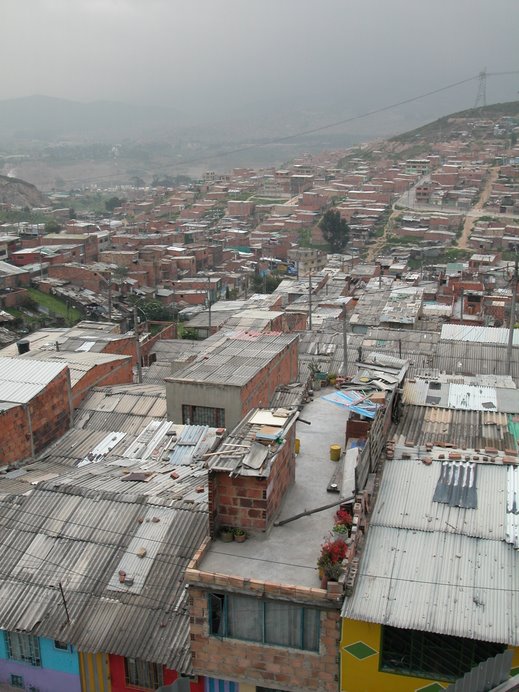 |
| The grave of Carlos Pizarro in Bogotá's Cementerio Central. His remains were exhumed last November. |
Was Jorge Eliecer Gaitán killed by the CIA or the KGB rather than a crazy man with a Gaitán
obsession?
Was Luis Carlos Galán's killing planned by the police who were supposed to be protecting him?
 |
| Tiles on Pizarro's tomb thank him for favors received. |
Was Pablo Escobar shot down by a United States government agent rather than the Colombian search squad usually credited for his killing?
The grim list of possible conspiracies - some of which are probably true - goes on and on.
But it might be one shorter now. Last November, investigators dug up and examined the skeleton of Carlos Pizarro, the M-19 guerrilla-leader-turned-presidential-candidate shot down in 1990 on board a Bogotá-Barranquilla airline flight. According to the official story, the assassin, Gerardo Gutiérrez Uribe alias "Jerry", had hidden a sub-machine gun inside the plane's bathroom, with which he shot Pizarro 15 times. Pizarro's bodyguards immediately shot down the gunman.
Altho fingers first pointed toward Pablo Escobar, confessions and other evidence have since shown that the killing was ordered by right-wing paramilitaries led by Carlos Castaño.
 |
| Carlos Pizarro |
Mistakes in the investigation fed the conspiracy theories. Experts failed to carry out ballistic tests on Pizarro's corpse. And, a few years ago, police melted down the sub-machine gun during a routine clean-up.
However, examination of Pizarro's exhumed remains, as well as those of the gunman, seem to show that the gunman did in fact shoot Pizarro. On the other hand, a bullet hole located strangely in the back of the gunman's skull supports eyewitness testimony that Pizarro's bodyguards shot the gunman dead as he lay face-down on the plane's floor begging for mercy.
Was the gunman executed to prevent him from talking about possible government involvement in Pizarro's killing? We may never know for certain. Conspiracy theorists - get working!
By Mike Ceaser, of Bogotá Bike Tours

















































